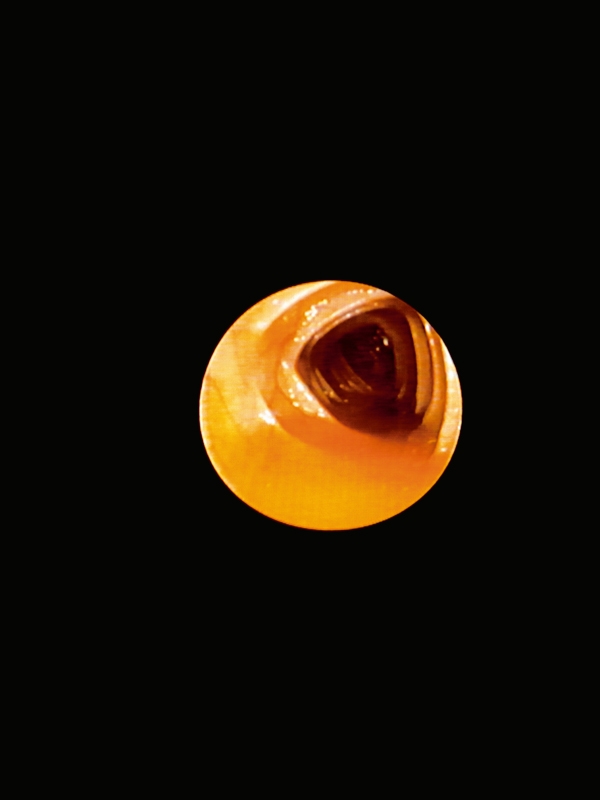Tate Modern, London, 4 May – 21 August 2016
In 1975, while Mona Hatoum was briefly visiting London from her native Beirut, the Lebanese Civil War broke out, preventing her from returning home for several years. This is the oft-repeated foundational myth of Hatoum’s career (she now lives and works in London and Berlin), the spur for the core concerns that recur throughout her mostly impressive body of work: ideas to do with violence and displacement, borders and contested territories, and the problematic notion of homeland (a concept from which, being from a Palestinian family exiled in Lebanon, she was, after all, doubly distant).
The dominant mood of Hatoum’s works, accordingly, is one of unease, dislocation, danger. Domestic objects appear sinisterly transformed – as in the paired works Paravent (French for ‘folding screen’) and Daybed (both 2008), which take the form of nightmarishly enlarged, horribly sharp-looking cheesegraters; or the scores of metal household-goods, in the installation Homebound (2000), through which an electric current passes, powering bare lightbulbs and emitting a malevolent crackling sound. In Light Sentence (1992), meanwhile, another naked bulb dangles amidst an enclosure of metal-mesh lockers, its mechanical pivoting sending grids of shadows skittering and stretching about the gallery walls, creating a disorientating, vaguely sickening effect.
Such works must be among the most instantly familiar in recent British art, but are no less thrillingly effective for that. Less well known, though, and where this retrospective really comes into its own, are Hatoum’s early performance pieces. Documented through text, photographs and occasional video, and scattered throughout the nonchronological display, these show Hatoum developing her focus on the body – typically her own – as a metaphor for political oppression and isolation: whether trapped inside a transparent container, slathered and slipping in liquid clay (Under Siege, 1982) or lying motionless for hours on a table, wrapped in plastic sheeting and smeared with bloody viscera, as a soundtrack plays politicians’ facile statements about the Lebanese peace process (The Negotiating Table, 1983). Yet perhaps most interesting, in view of her subsequent work, are a pair of film/performance pieces from 1980, made while she was a student, in which live footage of herself and audience members is mixed with prerecorded segments of naked body parts or X-ray imagery, as if the roving camera was somehow capable of seeing through layers of clothing and skin.
These themes of surveillance and trespass would culminate in what is arguably Hatoum’s most captivating work, Corps Étranger (1994). Filmed using an endoscopic camera, it makes for almost literally absorbing viewing, as you peer down into footage projected as a circle on the floor, scanning across her body’s seemingly gigantic surface before plunging deep into glistening, peristaltically pulsing cavities. The mixed sense of invasion and invitation is both discomfiting and compelling, as Hatoum’s figure is portrayed as a kind of hinterland, a liminal territory between known externalities and alien-looking, interior zones.
Her work of recent years, unfortunately, mostly doesn’t have the same impact. She still has a great way with small, cogent, ephemeral pieces: little weavings made from hair, or altered paper maps. But on a larger scale, the visual metaphors often tend to come off as rather heavy-handed. Hot Spot III (2009), a giant globe with the country outlines drawn in blazing neon, is a comment on the globalised nature of political conflict. Cellules (2012–13) is an array of prison containers with amoebalike glass globules trapped inside – both are forms of cells, geddit? The same essential ideas, it seems, are being recycled, but to diminishing effect, as Hatoum apparently settles into exploring what for her is that most ironic of concepts – familiar territory.
This article was first published in the October 2016 issue of ArtReview.
